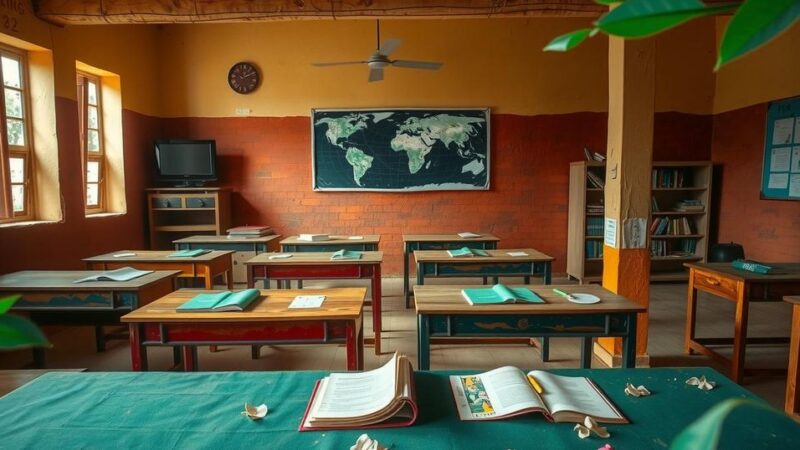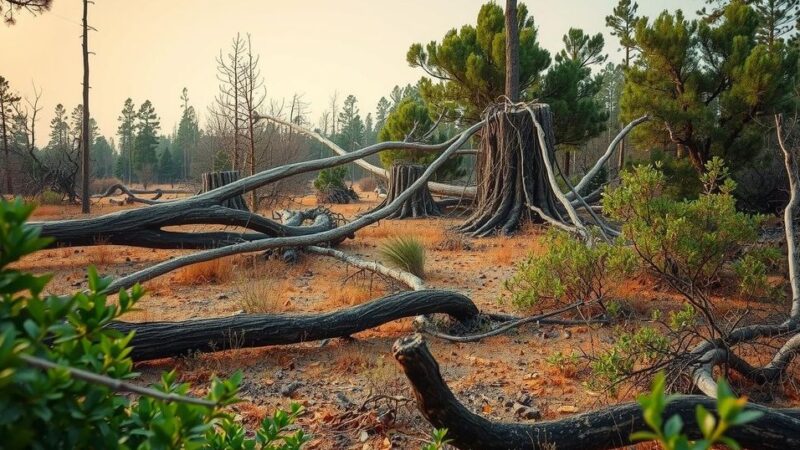The Abomsa region of Ethiopia has experienced its strongest recorded earthquake and a significant volcanic eruption, causing extensive damage to properties and displacement of residents. Measures are being taken by local officials to safeguard those affected, including safety protocols and temporary housing solutions. The area has been severely impacted, with reports of compromised infrastructure and thousands forced to evacuate.
Recent geological events in Ethiopia’s Abomsa region have captured significant attention as they include the strongest recorded earthquake in the area, which registered a magnitude of 5.5, occurring 56 kilometers south-southeast of Abomsa. The region has also experienced numerous aftershocks and a volcanic eruption, contributing to heightened concerns among local authorities and residents. Senior administrator Abdulla Ali of the Gabi Rasu area indicated that measures are being put in place to safeguard the displaced individuals residing in temporary shelters resulting from extensive property damage.
In the aftermath of the seismic activity, significant destruction has been reported, particularly in communities within Segento Kebele and Dulecha District. The Kessem dam and Kessem sugar factory have been prominently mentioned as nearby landmarks affected by the quakes. Schools, such as the Ungaytu school located in Sabure Kebele, have suffered substantial damage. Local residents have noted deteriorating conditions characterized by cracked asphalt on roadways and water emerging from fissures in the ground.
Reports from Addis Standard detail that the frequent seismic events in Awash Fentale have led to the collapse of over 30 residences, prompting thousands of individuals to evacuate their homes and seek refuge in surrounding areas. Abdulla Ali has emphasized the urgency of addressing these developments to protect residents amid the ongoing geological challenges they face.
Ethiopia has a history of seismic activity due to its position within the East African Rift System, a tectonic plate boundary that is known for its frequent earthquakes and volcanic eruptions. The recent earthquakes and volcanic activity in the region underscore the natural risks faced by communities, particularly in the Abomsa and Awash Fentale areas. With the convergence of these geological phenomena, local authorities must implement effective disaster response strategies to minimize loss of life and property, ensuring the safety and well-being of affected populations.
In summary, the recent earthquake and volcanic eruptions in Ethiopia’s Abomsa region have underscored the challenges faced by local communities amid increased seismic activity. The efforts being undertaken by local authorities, including preventive measures and the establishment of temporary shelters, aim to provide relief to affected residents. The necessity for continued monitoring and strategic planning in response to geological hazards remains crucial to ensuring community safety and resilience.
Original Source: www.plenglish.com






